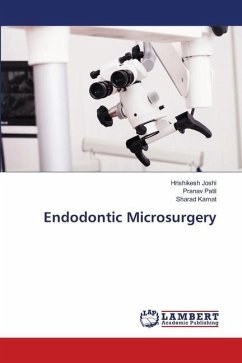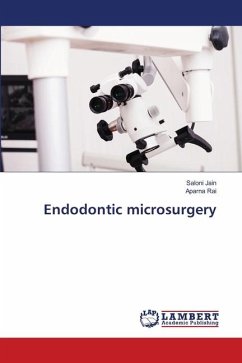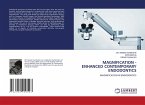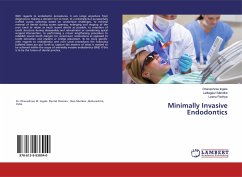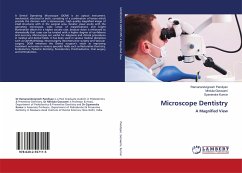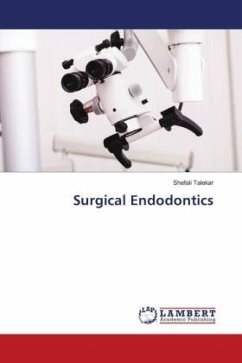Traditionally, endodontic surgery was considered a procedure of last resort, filled with negative connotations because of lack of experience and understanding of the merits of the procedure. It is based on past experience with accompanying unsuitable surgical instruments, non-biocompatible materials, inadequate vision, frequent postoperative complications, and failures that often resulted in extraction of the tooth. As a result, the surgical approach to endodontic therapy, or surgical endodontics, was taught with minimum enthusiasm at dental schools and was practiced by very few in private practices. Stated simply, endodontic surgery was not considered to be important within the endodontist's domain. Fortunately, this changed when the microscope, micro-instruments, ultrasonic tips, and more biologically acceptable root-end filling materials were introduced in the last decade. The concurrent development of better techniques has resulted in greater understanding of the apical anatomy, greater treatment success and a more favorable patient response. These developments marked the beginning of the endodontic microsurgery era that began in the 1990s.
Bitte wählen Sie Ihr Anliegen aus.
Rechnungen
Retourenschein anfordern
Bestellstatus
Storno


